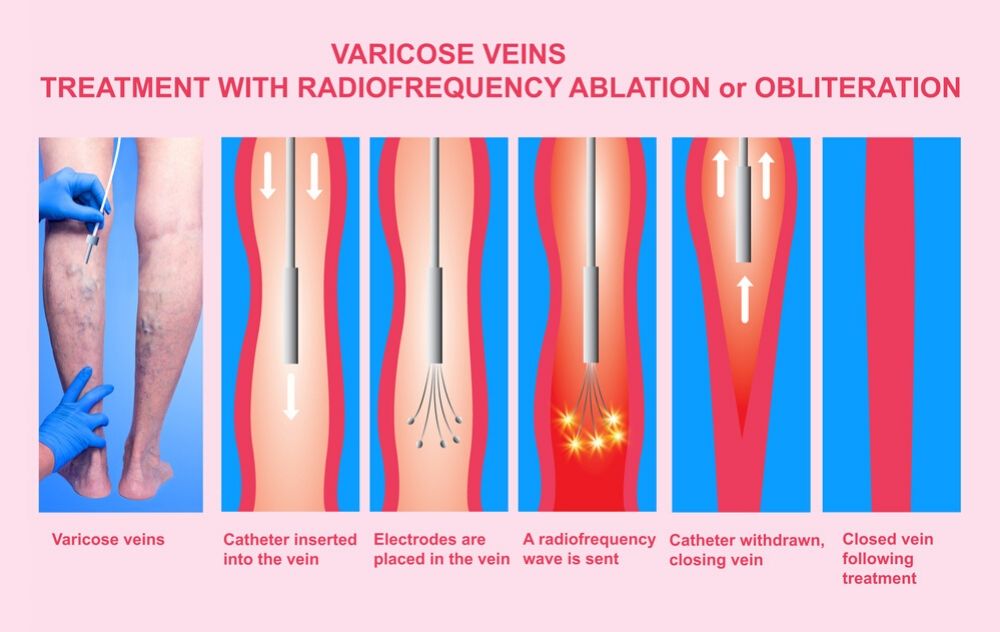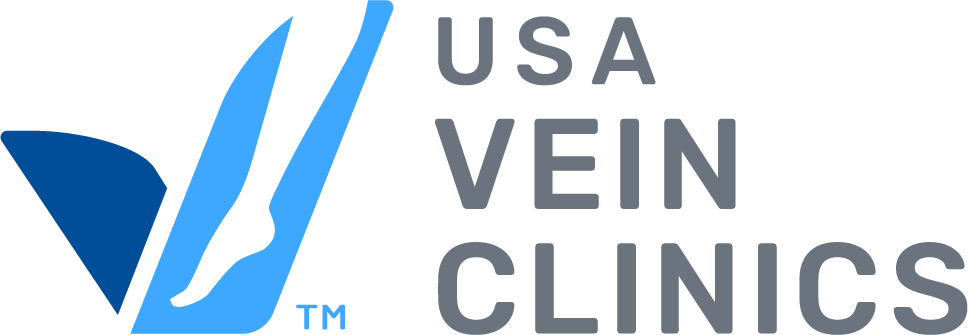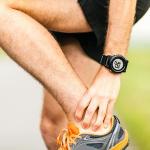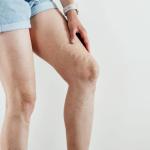
While having vein issues can be a major problem, getting them treated doesn’t have to be.
Thanks to technological advancements, fixing those nasty vein problems is no longer something to worry about.
Some of the most common vein treatments we perform at USA Vein Clinics are vein ablation. We offer three primary types of vein ablation procedures: endovenous laser ablation (EVLA), radiofrequency ablation (RFA), and sclerotherapy.
These treatments are an easy way to get rid of varicose and spider veins that will have you back on your feet in no time.
Relief is a Click Away – Book a Consultation Now
How vein ablation works
The three types of vein ablation treatments we offer at USA Vein Clinics are fairly similar, but have some small differences that we’ll discuss below.
Sclerotherapy
This treatment is used to treat small and medium vein issues in the legs, which are most commonly spider and varicose veins. Sclerotherapy is performed by your doctor injecting the damaged vein with a liquid that closes the vein.
Learn more about sclerotherapy vein treatment.
Endovenous Laser Ablation (EVLA)
This treatment is used to treat large vein disease and large varicose veins on your legs. These veins are typically below the surface and can’t be seen without the help of an ultrasound. Endovenous laser ablation is performed by your doctor inserting a small catheter into the diseased vein and using laser lights to generate heat. This heat then causes the veins to collapse.
Learn more about EVLA vein treatment.
Radiofrequency Ablation (RFA)
This treatment, similar to EVLA, is used to treat large vein disease and large varicose veins on your legs. These veins are typically below the surface and can’t be seen without the help of an ultrasound. Radiofrequency ablation is performed by your doctor inserting a small catheter into the diseased vein. Through this catheter, heat is delivered to collapse the vein.
Learn more about radiofrequency ablation vein treatment.
VenaSeal
This approach to varicose vein treatment is also referred to as endovenous adhesive ablation. VenaSeal is performed by your doctor using a small catheter to put medical adhesive into your damaged vein to close that vein. This helps to redirect blood to healthy veins.
Learn more about VenaSeal.
What to expect with leg vein ablation procedure
All of the vein ablation procedures offered at USA Vein Clinics can be done at our vein clinic locations and do not require any hospitalization. This is not only convenient but also means that they are all outpatient procedures, and you can go home shortly after your treatment is complete. The outpatient procedure time for a leg vein ablation procedure is typically less than an hour.
Get Directions to a Clinic Near You
Potential side effects: How painful is vein ablation?
You may experience some swelling, bruising, and slight pain around the area where you received treatment, but pain is most often not one of the major side effects following your treatment. Side effects from vein ablation would not keep you from returning to your normal activities (aside from working out) almost immediately. Most of our patients do not find vein ablation to be overly uncomfortable.
Leg vein ablation recovery
One of the reasons patients choose to go with these forms of vein treatment is that they require almost no downtime. Unlike vein treatments of the past, where you may find yourself out of commission for weeks, modern-day vein treatments like those we offer at USA Vein Clinics will have you back on your feet. Vein ablation recovery is generally a matter of hours, and because this treatment doesn’t require hospitalization, patients can return to their busy schedules the same day.
How long does it take to see results from vein ablation treatment?
Patients tend to see some results from their vein ablation treatment within a week of the procedure. In this shorter time, the severity of the varicose vein appearance will decrease slightly. However, the results will become more visible as time passes, and the complete results will likely be seen anywhere from a few weeks to a month or two following treatment.
What to expect after vein ablation
Your doctor will have you wear compression stockings following your procedure for anywhere from a few days to a few weeks to keep your legs compressed. Recovering from vein ablation surgery will also require that you move as much as possible to get your blood flowing properly again. This means lots of walking, so have some comfortable tennis shoes! Chances are high that your doctor will suggest you take a few days’ break from exercise, but you should be able to get right back to it shortly after your procedure.
As you can see, vein ablation may sound scary, but it is not. This is one of the easiest ways (if not the easiest) to treat varicose and spider veins. Between the outpatient procedure, the minimal side effects, and the non-existent recovery time, this vein treatment won’t set your life back at all — in fact, it will greatly improve it!
Ready to treat your vein problems?





